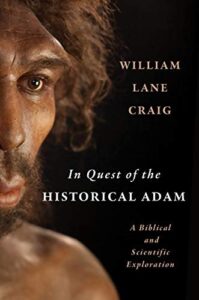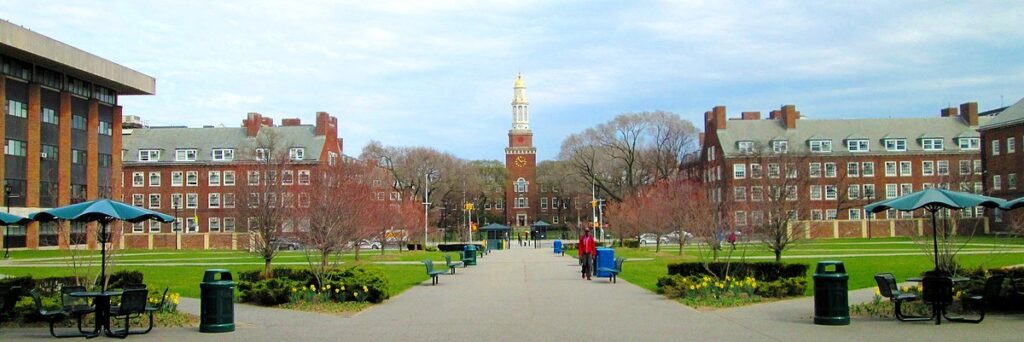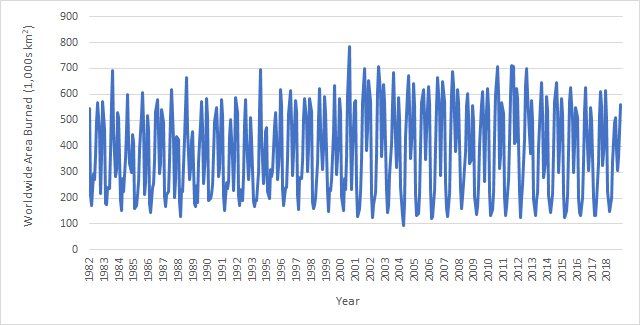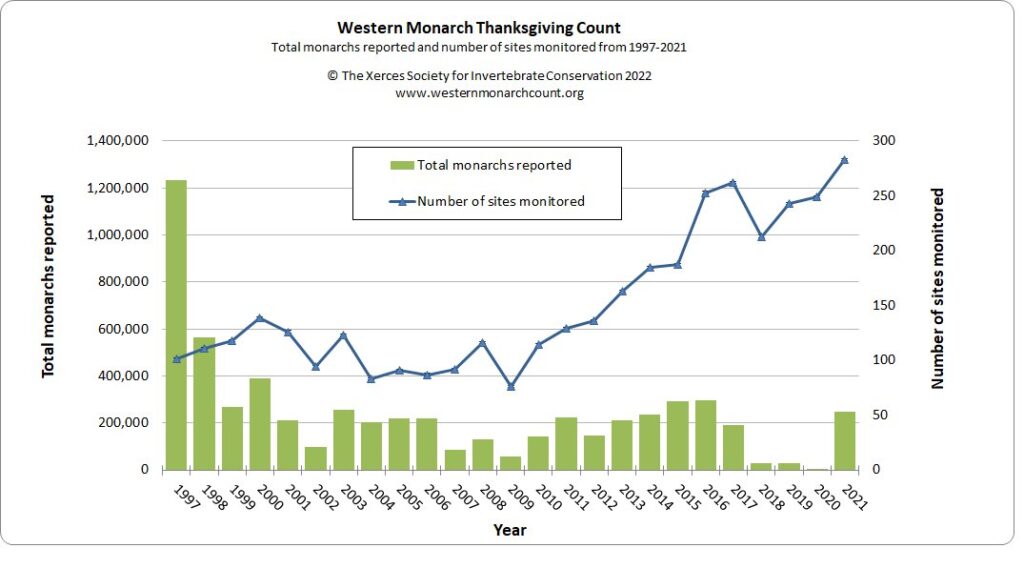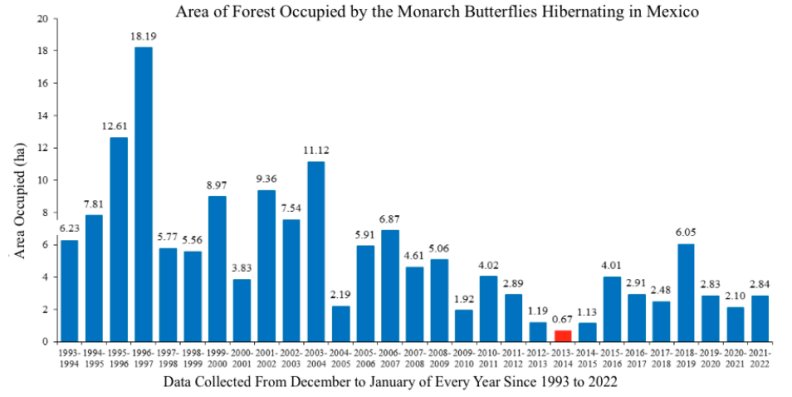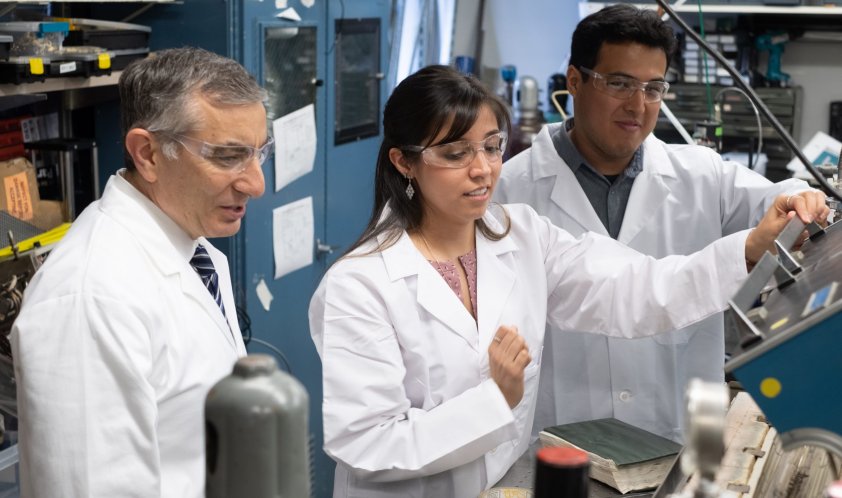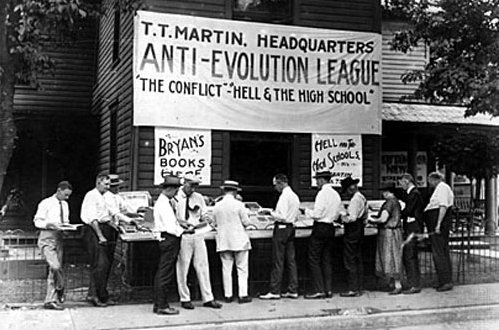
NOTE: According to a historian I respect a great deal, the beginning of this article (in brackets and italics) is not correct. Apparently, the first mention of the message “But if not” seems to be from sources that occur in the 1990s. Thus, the phrase “But if not” as it relates to Dunkirk is almost certainly an urban legend that fooled me. I am keeping the post up, because I do think the last four paragraphs are important. However, I have also added this to the Christian Myths category so that people might find out that this oft-repeated story is not verifiable.
[You are a high-ranking officer in an army that is at war. You receive a three-word message from a large contingent of your soldiers who you know are about to face the enemy:
But if not
Would that mean anything to you? Fortunately, it meant something to British commanders in World War II. In 1940, more than 350,000 Allied soldiers were trapped at Dunkirk, and the German forces were on their way. The soldiers stood no chance of defeating the enemy, and an officer wanted to communicate the situation to his superiors in London. However, he didn’t want to give away any vital information. As a result, he sent those three words. They spoke volumes…to anyone who knows the Bible well.
They are the first words of Daniel 3:18, which contains the response Shadrach, Meshach, and Abednego gave to King Nebuchadnezzar when the King threatened to throw them in the furnace if they didn’t worship the golden image that he had constructed in Babylon:
Shadrach, Meshach, and Abednego, answered and said to the king, O Nebuchadnezzar, we are not careful to answer thee in this matter. If it be so, our God whom we serve is able to deliver us from the burning fiery furnace, and he will deliver us out of thine hand, O king. But if not, be it known unto thee, O king, that we will not serve thy gods, nor worship the golden image which thou hast set up. (Daniel 3:16-18, KJV)
Those three words became a rallying cry that caused a rag-tag group of fishermen, pleasure boaters, merchant mariners, and yacht racers to sail to the shores of Dunkirk and evacuate the trapped soldiers. In the end, they saved more than 338,000 of the soldiers in what is commonly known as The Miracle of Dunkirk. A 2017 film tells the story, albeit without the three words that inspired the entire event.
Now think about that for a moment. The officer who sent the message knew the Bible well enough to recall the passage, and he expected the commanders in London to know the Bible well enough to recognize the passage and realize what it meant. Fortunately, they did.] Do you think they would today? Almost certainly not, because most Christians today don’t really know the Bible.
I recall sitting at a lunch with a well-known politician, a group of Christian homeschooled seniors, and their parents. One senior was telling the politician that he wasn’t concerned about attending a secular university, because he knew the Lord would protect him. The politician smiled and said, “The paw of the lion and the paw of the bear, huh?” All the seniors and all their parents looked at the politician with blank stares. There was an uncomfortable silence, and I had to tell them what he meant. It’s a quote from 1 Samuel 17:37, in which David tells Saul that he is not afraid of Goliath: “The Lord who saved me from the paw of the lion and the paw of the bear, He will save me from the hand of this Philistine.” (NASB)
I am sure the parents of these seniors spent a lot of time discussing the Bible in their homeschools. They probably even read books on having a “Biblical Worldview.” Nevertheless, none of them recognized what I would consider to be a very important passage from the Old Testament. Why? I can’t give you a definitive answer, but I can at least say this: Far too many Christian homeschools study books about having a “Biblical Worldview” but don’t spend enough time studying the Bible itself. In my opinion, there is only one way to have a Biblical Worldview, and that is to know the Bible so well that you can quote large sections of it from memory and recognize phrases like “But if not” and “the paw of the lion and the paw of the bear.”
After all, having a Biblical worldview means evaluating everything you encounter through the lens of the Bible. If you don’t know what the Bible says, you won’t be able to use it as a lens! So if you want a Biblical worldview, don’t read books that tell you how to have one. Don’t attend talks that tell you what it is. Spend that time studying the Bible so well that you know it backward and forward. That’s the first step in developing a Biblical worldview.

